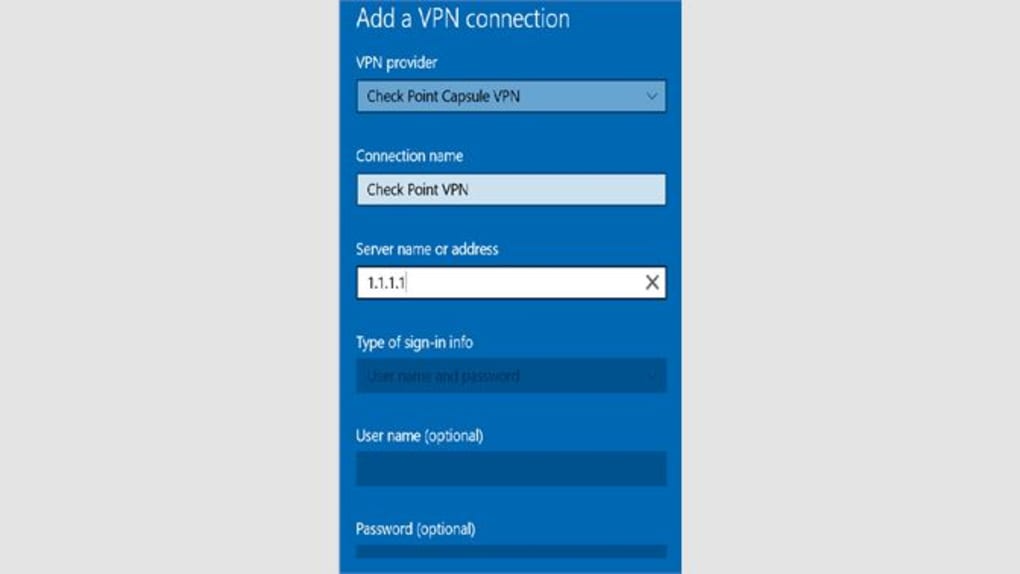
Go to VPN > VPN Tunnels to monitor the tunnel status. Send traffic between the local and peer gateway. For more information, see Configuring VPN Sites. If it is a DAIP gateway, its host name must be resolvable.Įnter a host name or IP address and enter the preshared secret information. The peer device that you connect to must be configured and connected to the network. See Configuring the Site to Site VPN Blade. Make sure the Site to Site VPN blade is set to On and Allow traffic from remote sites (by default) is selected. In this Site to Site VPN configuration method a preshared secret is used for authentication. Configuring Site to Site VPN with a Preshared Secret Use the configured client to connect to an internal resource from a remote host. See Configuring Remote Access Authentication Servers.Ĭlick permissions for Active Directory users to set access permissions.įor L2TP VPN Client configuration, click L2TP Pre-shared key to enter the key after you enable the L2TP VPN client method.įor more information on advanced Remote Access options, for example Office Mode network, see Configuring Advanced Remote Access Options. Go to VPN > Authentication Servers and click New to add an AD domain. See Configuring Remote Access Authentication Servers.Ĭlick permissions for RADIUS users to set access permissions. To configure RADIUS users:Ĭlick Configure to add a RADIUS server.

If the gateway uses a dynamic IP address, we recommend you use the DDNS feature. Select the applicable connection methods.įor more details, see Configuring the Remote Access Blade. Remote Access control is set to On and the Allow traffic from Remote Access users (by default) option is selected. Site to site VPN using a preshared secret

This section describes how to configure these VPN configuration scenarios:


 0 kommentar(er)
0 kommentar(er)
